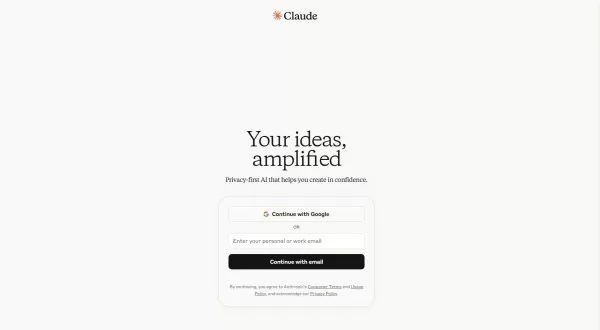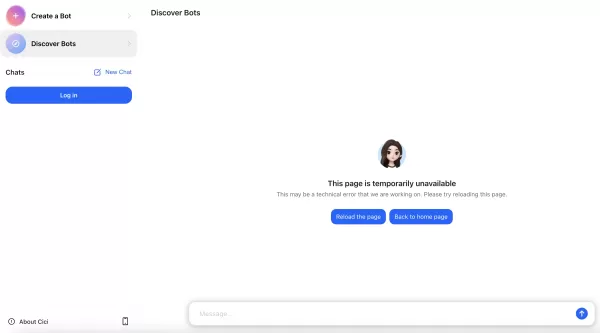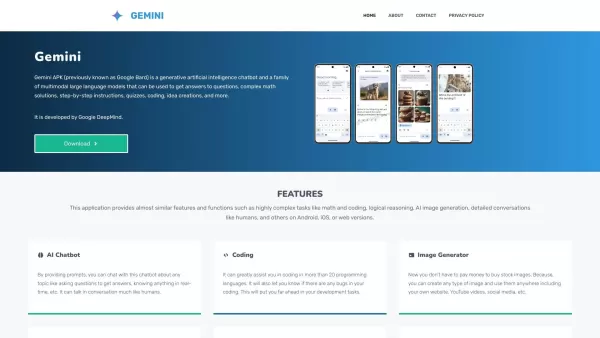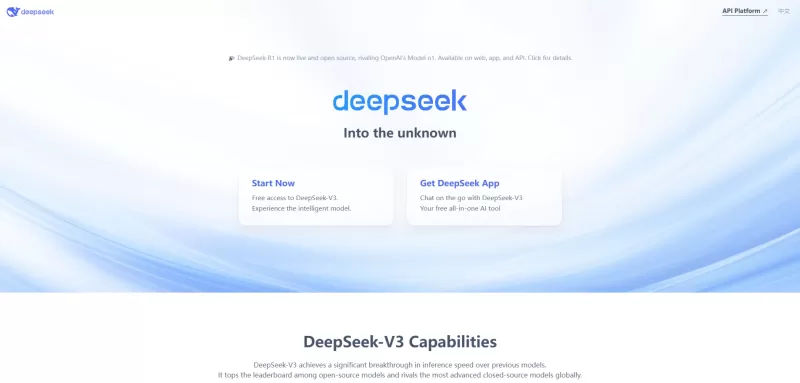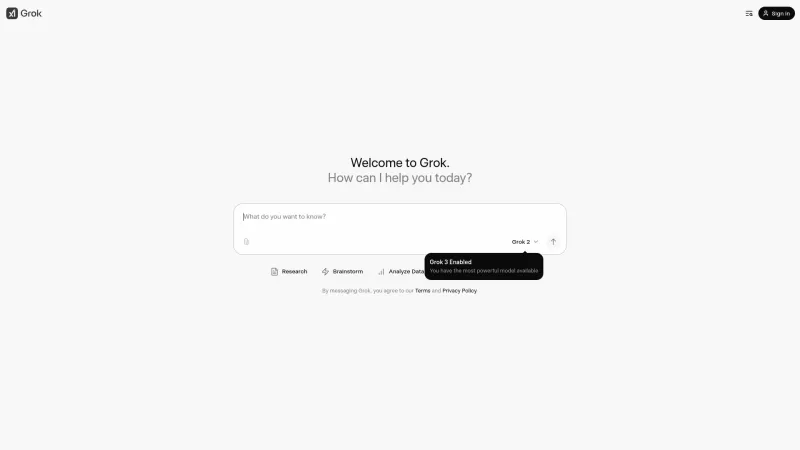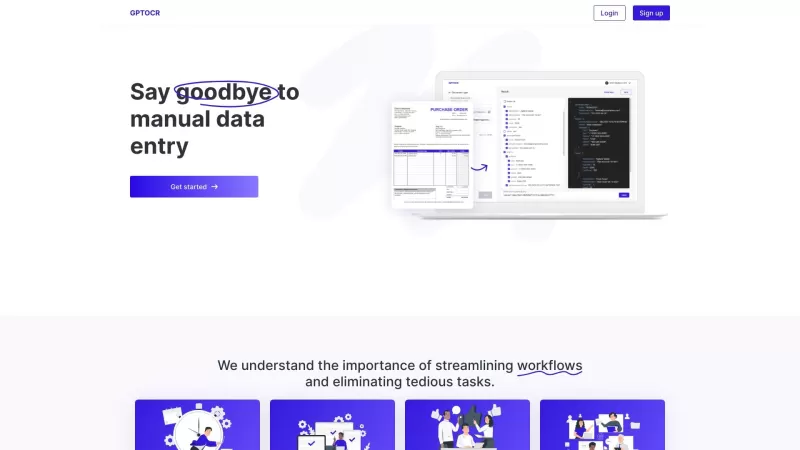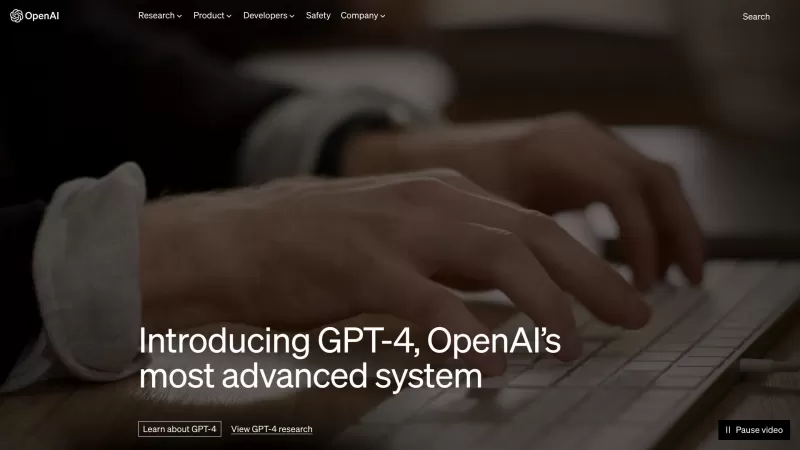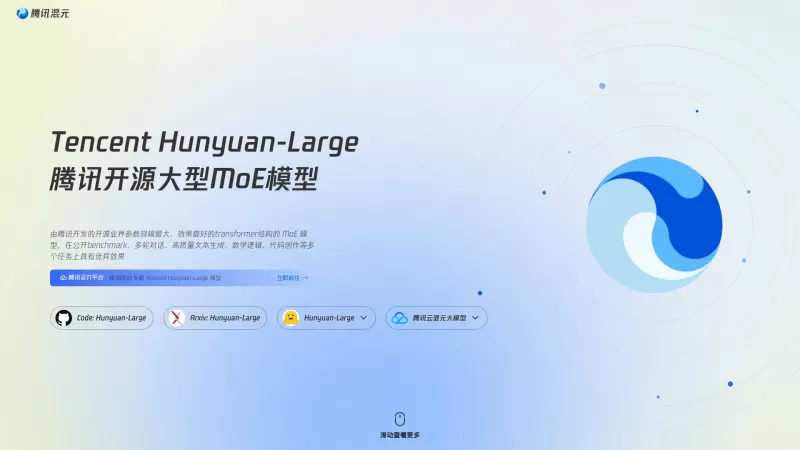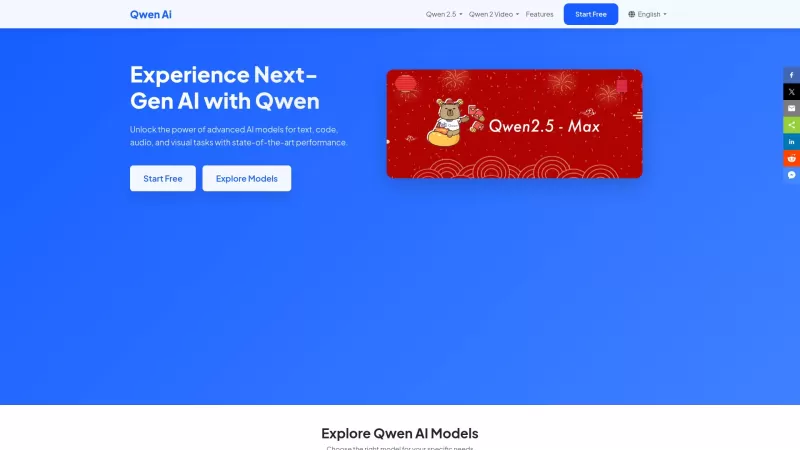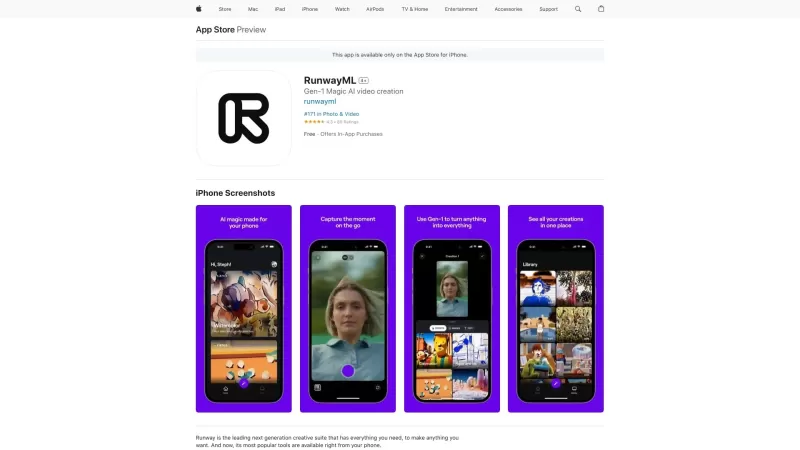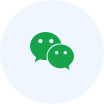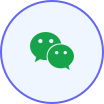How The Ottawa Hospital uses AI ambient voice capture to reduce physician burnout by 70%, achieve 97% patient satisfaction
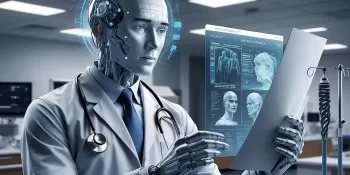
How AI is Transforming Healthcare: Reducing Burnout and Improving Patient Care
The Challenge: Clinician Overload and Patient Access
Healthcare systems worldwide face a dual challenge: clinician burnout and patient access delays. Physicians are drowning in administrative tasks, while patients struggle to get timely care.
At The Ottawa Hospital (TOH), leaders recognized this problem and turned to AI for a solution. By integrating Microsoft’s DAX Copilot—an AI-powered clinical documentation assistant—they’ve already seen dramatic improvements:
✔ 7 minutes saved per patient visit
✔ 70% reduction in clinician-reported burnout
✔ 93% of patients report a better (or equivalent) care experience
Glen Kearns, TOH’s EVP and CIO, told VentureBeat:
"If we can improve throughput by just two extra patients per physician per shift, multiply that by 10 doctors, then by 365 days—that’s a massive increase in access to care."
How DAX Copilot Works: AI as an Active Assistant
TOH was the first Canadian hospital to pilot Microsoft’s DAX Copilot, which integrates seamlessly with Epic, the widely used electronic health record (EHR) system.
Here’s how it works:
- The physician starts a recording via a mobile app during the patient visit.
- AI listens and transcribes the conversation in real time.
- A draft clinical note is generated, pulling key details (symptoms, diagnoses, treatment plans).
- The physician reviews, edits, and finalizes—saving hours of manual documentation.
Kenn Harper, Microsoft’s head of project for Dragon, explained:
"Instead of typing notes or trying to remember every detail, doctors get an accurate first draft automatically. They just refine it and move on."
Fine-Tuning AI for Medical Accuracy
Microsoft continuously improves Dragon Copilot (which now bundles DAX with Dragon Medical One) using:
✔ A vast repository of clinical data
✔ Specialty-specific tuning (emergency medicine, dermatology, cardiology, etc.)
✔ Feedback loops where AI learns from physician edits
The goal? Reduce manual corrections over time—so AI-generated notes become even more precise.
The Impact: Less Burnout, More Patient Time
Canadian physicians spend 10+ hours per week on paperwork. DAX Copilot has helped TOH doctors:
✔ Reduce after-hours charting
✔ Lower cognitive load during visits
✔ See more patients per shift
Kearns noted:
"Doctors can engage with patients differently—more intentionally—instead of worrying about documentation."
Patient Feedback: Overwhelmingly Positive
TOH ensures patient consent before recording visits, and notes are accessible via MyChart. The response?
✔ 97% of patients say their experience was as good or better than traditional visits.
The Future: AI-Powered Digital Teammates
TOH is also exploring AI-powered "digital teammates"—like Sophie, a multilingual virtual assistant that:
✔ Detects patient sentiment (e.g., assessing pain levels more accurately)
✔ Helps navigate healthcare systems
✔ Conducts post-discharge follow-ups
Kearns explained:
"We can’t follow up with every patient due to staffing limits. AI can bridge that gap—ensuring no one falls through the cracks."
Next Steps: Proactive, Not Reactive Care
TOH’s vision? Moving from reactive to proactive healthcare. Future AI applications may include:
✔ Biomarker detection
✔ Social determinants of health tracking (e.g., food insecurity, transportation barriers)
✔ Automating referrals and pre-authorizations
Kearns acknowledged:
"We’re still early in adoption, but the potential is enormous. AI won’t replace human touch—it will enhance it."
Final Thoughts: AI as a Force Multiplier in Healthcare
The Ottawa Hospital’s experiment with AI proves that technology can ease clinician burdens while improving patient care. As Kearns put it:
"This is about optimizing human resources—so doctors can focus on what truly matters: their patients."
With AI handling tedious tasks, healthcare professionals gain more time, less burnout, and better patient outcomes—a win for everyone. 🚀
Related article
 Multiverse AI Launches Breakthrough Miniature High-Performance Models
A pioneering European AI startup has unveiled groundbreaking micro-sized AI models named after avian and insect brains, demonstrating that powerful artificial intelligence doesn't require massive scale.Multiverse Computing's innovation centers on ult
Multiverse AI Launches Breakthrough Miniature High-Performance Models
A pioneering European AI startup has unveiled groundbreaking micro-sized AI models named after avian and insect brains, demonstrating that powerful artificial intelligence doesn't require massive scale.Multiverse Computing's innovation centers on ult
 TensorZero Secures $7.3M Seed Funding to Simplify Enterprise LLM Development
TensorZero, an emerging open-source infrastructure provider for AI applications, has secured $7.3 million in seed funding led by FirstMark Capital, with participation from Bessemer Venture Partners, Bedrock, DRW, Coalition, and numerous industry ange
TensorZero Secures $7.3M Seed Funding to Simplify Enterprise LLM Development
TensorZero, an emerging open-source infrastructure provider for AI applications, has secured $7.3 million in seed funding led by FirstMark Capital, with participation from Bessemer Venture Partners, Bedrock, DRW, Coalition, and numerous industry ange
 Replit CEO Predicts Software Future: 'Agents All the Way Down'
Could collaborative AI development platforms enable enterprises to break free from costly SaaS subscriptions? Replit's visionary CEO Amjad Masad believes this transformation is already underway, describing an ecosystem where "agents handle everything
Comments (1)
0/200
Replit CEO Predicts Software Future: 'Agents All the Way Down'
Could collaborative AI development platforms enable enterprises to break free from costly SaaS subscriptions? Replit's visionary CEO Amjad Masad believes this transformation is already underway, describing an ecosystem where "agents handle everything
Comments (1)
0/200
![NicholasAdams]() NicholasAdams
NicholasAdams
 August 9, 2025 at 1:01:00 PM EDT
August 9, 2025 at 1:01:00 PM EDT
This AI voice tech sounds like a game-changer for doctors! Cutting burnout by 70% is huge—imagine how much happier physicians must be. Curious how it handles tricky accents or noisy rooms though. 🩺


 0
0

How AI is Transforming Healthcare: Reducing Burnout and Improving Patient Care
The Challenge: Clinician Overload and Patient Access
Healthcare systems worldwide face a dual challenge: clinician burnout and patient access delays. Physicians are drowning in administrative tasks, while patients struggle to get timely care.
At The Ottawa Hospital (TOH), leaders recognized this problem and turned to AI for a solution. By integrating Microsoft’s DAX Copilot—an AI-powered clinical documentation assistant—they’ve already seen dramatic improvements:
✔ 7 minutes saved per patient visit
✔ 70% reduction in clinician-reported burnout
✔ 93% of patients report a better (or equivalent) care experience
Glen Kearns, TOH’s EVP and CIO, told VentureBeat:
"If we can improve throughput by just two extra patients per physician per shift, multiply that by 10 doctors, then by 365 days—that’s a massive increase in access to care."
How DAX Copilot Works: AI as an Active Assistant
TOH was the first Canadian hospital to pilot Microsoft’s DAX Copilot, which integrates seamlessly with Epic, the widely used electronic health record (EHR) system.
Here’s how it works:
- The physician starts a recording via a mobile app during the patient visit.
- AI listens and transcribes the conversation in real time.
- A draft clinical note is generated, pulling key details (symptoms, diagnoses, treatment plans).
- The physician reviews, edits, and finalizes—saving hours of manual documentation.
Kenn Harper, Microsoft’s head of project for Dragon, explained:
"Instead of typing notes or trying to remember every detail, doctors get an accurate first draft automatically. They just refine it and move on."
Fine-Tuning AI for Medical Accuracy
Microsoft continuously improves Dragon Copilot (which now bundles DAX with Dragon Medical One) using:
✔ A vast repository of clinical data
✔ Specialty-specific tuning (emergency medicine, dermatology, cardiology, etc.)
✔ Feedback loops where AI learns from physician edits
The goal? Reduce manual corrections over time—so AI-generated notes become even more precise.
The Impact: Less Burnout, More Patient Time
Canadian physicians spend 10+ hours per week on paperwork. DAX Copilot has helped TOH doctors:
✔ Reduce after-hours charting
✔ Lower cognitive load during visits
✔ See more patients per shift
Kearns noted:
"Doctors can engage with patients differently—more intentionally—instead of worrying about documentation."
Patient Feedback: Overwhelmingly Positive
TOH ensures patient consent before recording visits, and notes are accessible via MyChart. The response?
✔ 97% of patients say their experience was as good or better than traditional visits.
The Future: AI-Powered Digital Teammates
TOH is also exploring AI-powered "digital teammates"—like Sophie, a multilingual virtual assistant that:
✔ Detects patient sentiment (e.g., assessing pain levels more accurately)
✔ Helps navigate healthcare systems
✔ Conducts post-discharge follow-ups
Kearns explained:
"We can’t follow up with every patient due to staffing limits. AI can bridge that gap—ensuring no one falls through the cracks."
Next Steps: Proactive, Not Reactive Care
TOH’s vision? Moving from reactive to proactive healthcare. Future AI applications may include:
✔ Biomarker detection
✔ Social determinants of health tracking (e.g., food insecurity, transportation barriers)
✔ Automating referrals and pre-authorizations
Kearns acknowledged:
"We’re still early in adoption, but the potential is enormous. AI won’t replace human touch—it will enhance it."
Final Thoughts: AI as a Force Multiplier in Healthcare
The Ottawa Hospital’s experiment with AI proves that technology can ease clinician burdens while improving patient care. As Kearns put it:
"This is about optimizing human resources—so doctors can focus on what truly matters: their patients."
With AI handling tedious tasks, healthcare professionals gain more time, less burnout, and better patient outcomes—a win for everyone. 🚀
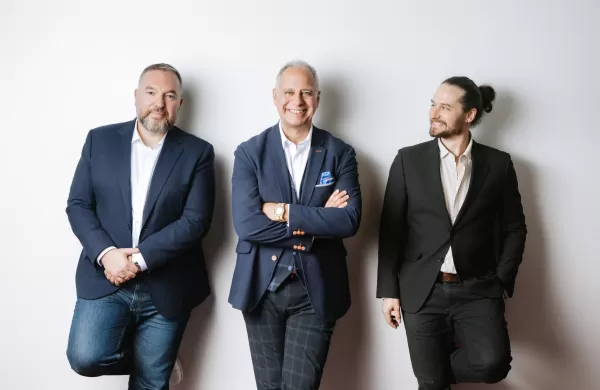 Multiverse AI Launches Breakthrough Miniature High-Performance Models
A pioneering European AI startup has unveiled groundbreaking micro-sized AI models named after avian and insect brains, demonstrating that powerful artificial intelligence doesn't require massive scale.Multiverse Computing's innovation centers on ult
Multiverse AI Launches Breakthrough Miniature High-Performance Models
A pioneering European AI startup has unveiled groundbreaking micro-sized AI models named after avian and insect brains, demonstrating that powerful artificial intelligence doesn't require massive scale.Multiverse Computing's innovation centers on ult
 TensorZero Secures $7.3M Seed Funding to Simplify Enterprise LLM Development
TensorZero, an emerging open-source infrastructure provider for AI applications, has secured $7.3 million in seed funding led by FirstMark Capital, with participation from Bessemer Venture Partners, Bedrock, DRW, Coalition, and numerous industry ange
TensorZero Secures $7.3M Seed Funding to Simplify Enterprise LLM Development
TensorZero, an emerging open-source infrastructure provider for AI applications, has secured $7.3 million in seed funding led by FirstMark Capital, with participation from Bessemer Venture Partners, Bedrock, DRW, Coalition, and numerous industry ange
 Replit CEO Predicts Software Future: 'Agents All the Way Down'
Could collaborative AI development platforms enable enterprises to break free from costly SaaS subscriptions? Replit's visionary CEO Amjad Masad believes this transformation is already underway, describing an ecosystem where "agents handle everything
Replit CEO Predicts Software Future: 'Agents All the Way Down'
Could collaborative AI development platforms enable enterprises to break free from costly SaaS subscriptions? Replit's visionary CEO Amjad Masad believes this transformation is already underway, describing an ecosystem where "agents handle everything
 August 9, 2025 at 1:01:00 PM EDT
August 9, 2025 at 1:01:00 PM EDT
This AI voice tech sounds like a game-changer for doctors! Cutting burnout by 70% is huge—imagine how much happier physicians must be. Curious how it handles tricky accents or noisy rooms though. 🩺


 0
0
